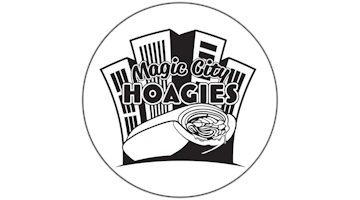This article was originally published on the NDSU Extension Service website here.
Limited snowmelt and the lack of rainfall this spring means producers should have the water quality in their pastures tested before turning their livestock out to pasture, North Dakota State University Extension Service specialists advise.
“Reduced rainfall means less water from runoff into stock dams,” says John Dhuyvetter, area Extension livestock specialist at the North Central Research Extension Center near Minot. “Stock ponds at lower water levels indicate a possible increase in total dissolved solids in the water.”
In spite of a lack of runoff from winter snowmelt or spring rains, most pastures have surface water from the past several years of a wet cycle. But without dilution from additional water, mineral content and salts may have started to concentrate from evaporation and ground salt migration.
“Good cattle production and health depend on the livestock having an adequate and safe water supply,” says Karl Hoppe, area Extension livestock specialist at the Carrington Research Extension Center. “While quantity or shortage may be obvious, using a lab to analyze the water will help determine if the quality is acceptable.”
A number of factors can be analyzed to determine if water is suitable for cattle. One of the primary factors is total dissolved solids (TDS), or all of the dissolved minerals in the water. Mature cattle probably can tolerate TDS up to 15,000 parts per million (ppm) for a limited time, but continued use of water with TDS that high can affect their health and cause death, Dhuyvetter says. The National Academy of Sciences considers up to 3,000 ppm of TDS acceptable for cattle.
Sulfates are one of the dissolved solids that may affect livestock. Sulfates can cause a laxative effect, electrolyte imbalance and mineral tie-up. The acceptable limit is 500 ppm.
Nitrates are another dissolved solid of concern with cattle. Watersheds supplying water to ponds that have been fertilized heavily or are high in nitrogen might contribute to elevated nitrate concentrations and the potential for toxicity.
Salinity also could be a problem for cattle. With the lack of rain, ground water evaporation is causing white saline areas to expand this spring. This is an indicator that livestock water supplies may be increasing in salt concentration. High salt content may impact cattle’s water consumption, according to livestock environmental stewardship specialist Miranda Meehan.
Cyanobacteria (blue-green algae) poisoning may be a concern as well if drought persists into the summer. Algae blooms commonly occur on small, stagnant ponds that have high nutrient levels and warm water.
The NDSU Veterinary Diagnostic Laboratory, North Dakota Department of Health and several feed testing labs will perform livestock water tests. Contact the labs for sample bottles and instructions on submitting samples.
The cost of a livestock water test for mineral chemistry ranges from $25 to $45.




